JULIAN CRIBB SEMINAR – FOOD OF THE FUTURE
Presented by the Queensland Academy of Arts and Sciences (QAAS) 2012 Annual Dinner
12th July 2012
The food shortage crisis: what on Earth can we do about it?
Tonight there will be 216,000 more people on Earth than last night: in the coming 50 years ensuring everyone is fed will be both one of the greatest challenges and opportunities facing the human race.
So says Julian Cribb, a highly acclaimed journalist, science commentator, and author. Speaking at the annual dinner for the Queensland Academy of Arts and Sciences (QAAS) tonight, he is a human concerned about our future relationship with food. He begins with an emphatic illustration of the imminent food shortage crisis. It’s clear that with 10 billion people on Earth by 2060 requiring a doubling of current food consumption, and with everything we need to produce food running out, that our current food production systems will be inadequate.
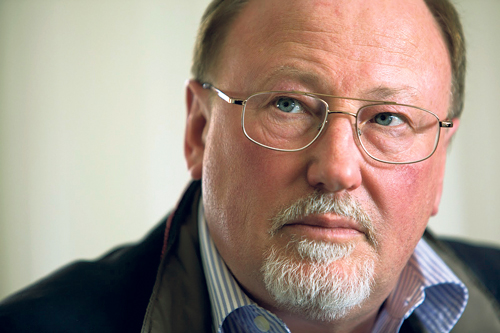
Focussing on a global perspective Julian hits us with some alarming figures:
The world is currently losing 75 to 100 billion tonnes of topsoil per year!
This means that for current agricultural practices the world only has 50-70 years of topsoil remaining.
Global temperatures will rise by 2˚C by 2050 and 4-5˚C by 2100.
Current estimates predict a 50% reduction in food production by the end of the century.
By 2050 urban areas worldwide will occupy the same area of Earth as China.
Further reducing the arable land available for food production.
The world spends $1.6 trillion dollars on weapons and only $50bn on food research.
Julian Cribb – ‘We evidently think it’s 50 times more important to find better ways to kill people than to feed people’.
Nutrients, nutrients, nutrients! These miniscule chemicals underpin the human future and our relationship with food. Julian highlights that our generation has the disgraceful label of being the first in human history to throw away half our food. However, there are far more efficient ways to make use of our precious nutrients to produce more food than our present practices.
SPOILER ALERT: ‘Fish will be the biggest livestock industry in Australia by 2050’ – Julian Cribb
Utilising the Aztec methods of plant and fish culture, aquaponics is one example of how we can enhance future food production, through the careful management of nutrients. Aquaponics is the integration of aquaculture (fish farming) and hydroponics, the development of a self-sustaining ecosystem. The future of aquaponics will most likely be highly industrialised and run by large food manufacturers. What is aquaponics?
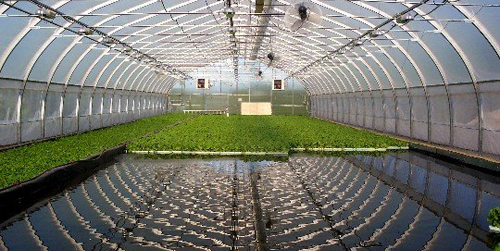
Urban permaculture is another idea that supports the notion of sustainable ecosystems; a way of integrating and reusing energy, water, and nutrients in our great cities. Transforming our urban landscapes into purpose designed, food producing and energy efficient areas is paramount to the future of food. This would see new forms of agricultural production taking place in massive cities on small, medium and industrial scales. Permaculture and the Sustainable City
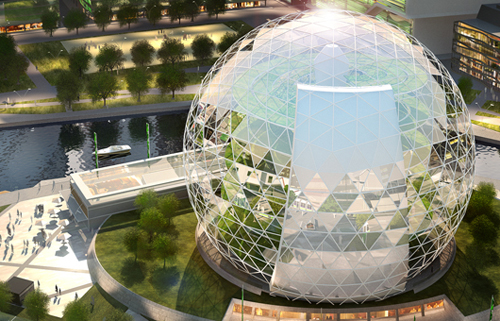
With half of all deaths in affluent societies now diet-related, Julian suggests that we need to change the way we consume food. Generally speaking, we need to reduce the amount of high energy protein we currently eat and double our vegetable intake. This can be made much more interesting by exploring the 25,000 edible plants we presently do not eat! Currently Australia is home to 6,100 edible plants, of which only 5 or 6 are regularly eaten.
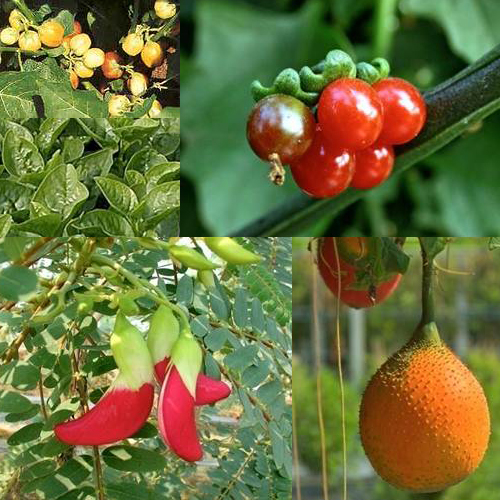
While Julian maintains that urban permaculture is a great way to advance food sustainability he also advocates the maintenance of broad acre systems. We just need to be a little more savvy and sustainable about it. We ‘should be sharing knowledge globally’ with all farmers, says Julian. The future needs to be about innovative agriculture, let’s move farming into the 21st century, let’s get it hi-tech, let’s automate it!
Let’s get excited about where our food comes from and how it’s made! Who are the most excitable people we know? Children, of course. ‘The kids will educate the parents’ says Julian, and educating children is key to the future of food production!
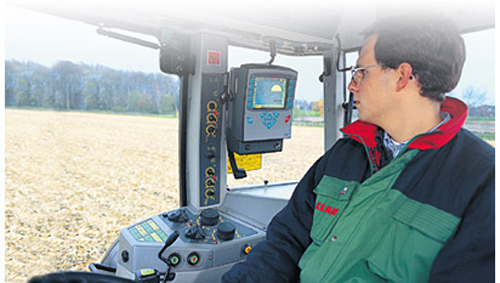
This is all well and good, but where do these farm fresh and organic practices leave Wiley and its involvement in the food processing industry? Luckily, our own Heath Barker got a little one-on-one time with Julian to discuss just this and although our time was short he left us with these golden nuggets.
On the future of the food processing industry:
‘I don’t think it’s bleak at all. If you regard cultured meat and bio-cultures as processing, then there are huge opportunities.’
On the future of processed foods in particular:
‘ Functional foods are an example of processed foods that are going to boom as we seek to overcome lifestyle.
“Another major opportunity,” he says, “is in designing the systems that recycle water and nutrients currently treated as waste, back into edible, even delicious foods, stockfeed, fuel, pharmaceuticals and other industrial products. Algae farming will play a very big role in this.”
On agriculture and the future of macrofarming:
‘ Grain is going to get very expensive, because of the shortage of farmland – barring an absolutely miraculously breakthrough in crop yields. Look what’s happening in America right now, massive drought, the corn crop is just about dead, and the wheat crop is dying. Prices will become erratic. Growth in farm land speculation is destabilising agriculture. Prices and supplies are becoming increasingly volatile…The reason I like these urban farming systems is that as long as you’ve got water, nutrients, and a little bit of energy it doesn’t matter whether it rains outside or not,. You are independent of the climate.’
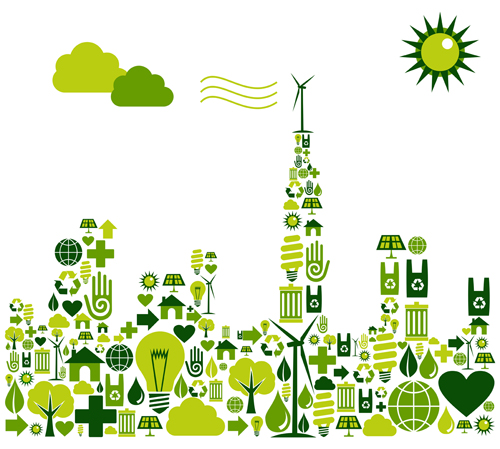
Although only briefly discussed in his presentation Julian sees the future of food processing in the mechanisation of agriculture, the development of cultured meats, biocultures consisting of plant, fungal and microbial protein, and functional foods. He expects cultured meats to occupy the lower-market end of meat consumption in the future, much as sausages and mince meat do currently.
Don’t think petri dishes though, the future of cultured meat will most likely be industrial, produced in large steel bioractors. Using far less land, water and energy and without the ethical issues of livestock meat, cultured meats present a very promising solution to many issues facing the future of food production.
Functional foods, similarly, represent a coming together of chemistry and organic foodstuffs to produce food with the direct purpose of improving human health. Naturally, the implications and uses of functional food are astounding! CSIRO – Functional Foods
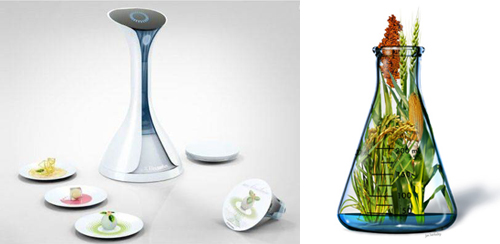
The future of food processing and Wiley is intrinsically linked with the future of food, how we perceive that link is what determines our viability as a company. We can’t afford to ignore shifting paradigms in the way society consumes, adapts and interacts with food. It’s through keeping on top of innovative technologies and ideas that Wiley support and maintains our focus on the future of the food processing industry. Due to the nature of population, consumption and production issues affecting food, we need to think future actively. The way forward is to promote sustainable, ethical, and economical means of producing food a mantra which Wiley is dedicated to.
By keeping in the loop on issues as diverse as the latest ways to retro-green facilities or how we can cultivate meat in scientific laboratories and applying these notions to the way we implement design strategies we’re ensuring Wiley’s clients the best of both the present and the future.
Downdload Julian’s PowerPoint Presentation: Food of the Future pptx .
Download the text of Julian’s presentation: Global Food Futures docx.

